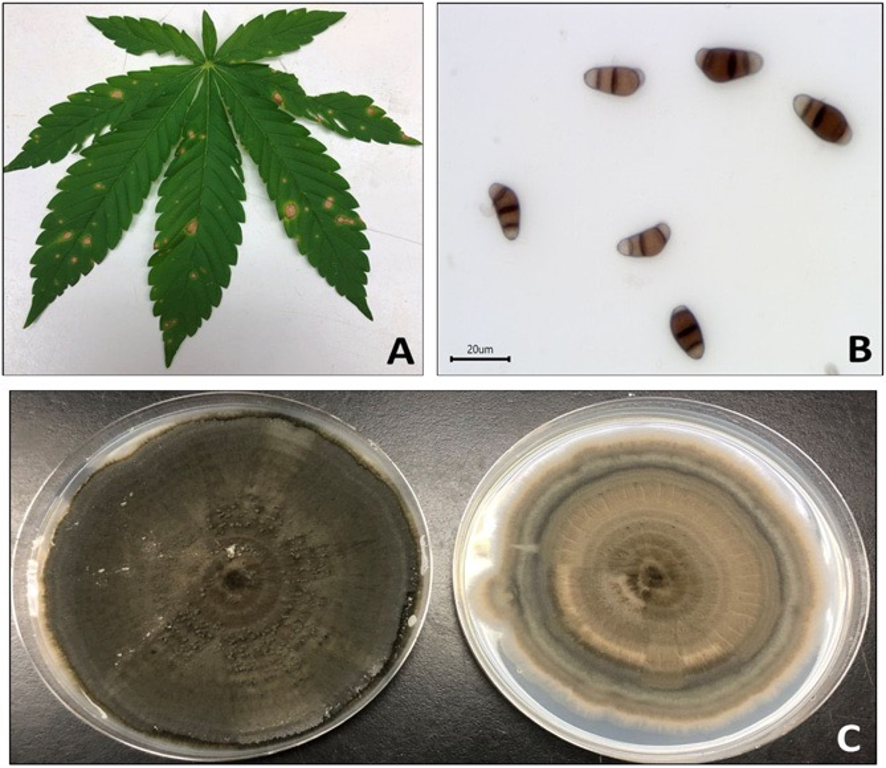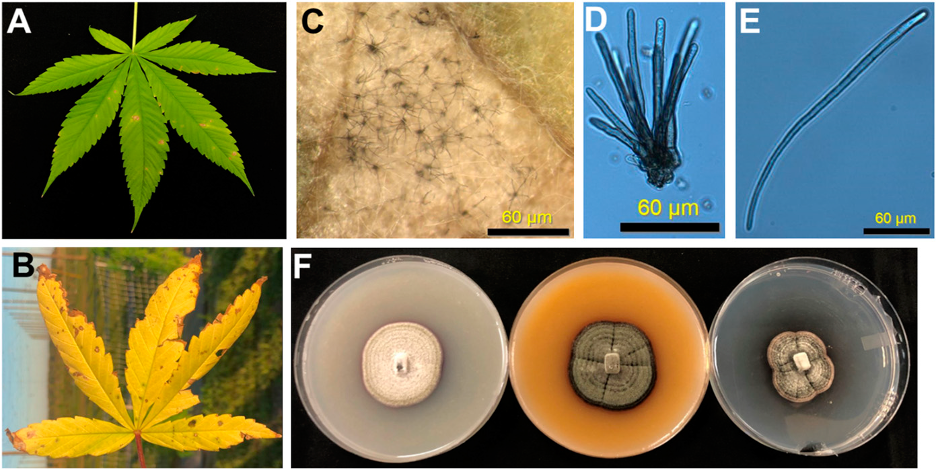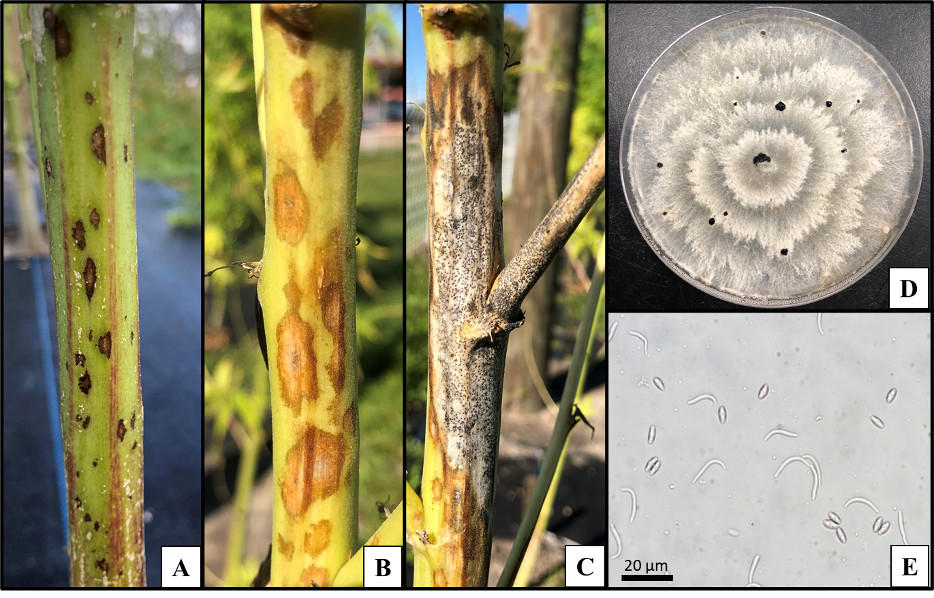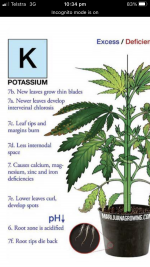40degsouth
Well-known member
It’s an interesting conundrum Thereverend.
I’m sure there’s something staring us in the face, particularly given the symptoms manifest in a particular course of events, every time, at a somewhat exact time of the year.
If it’s progressing, above ground, from right to left, l would assume the right side is the lightest/sunny side of the plant.
Why is the plant translocating potassium (assuming that’s what it is. Potassium being basically sugars in the brix and the most translocatable of the macros within the plant) could it be that it’s pushing root development over growth.


Could a potassium foliar/liquid feeding assist the plant or hinder it ?? Brix test from the bottom leaves versus the top leaves a few hours after a feeding of potassium might confirm this???
Could adding h2o2 to a tailored watering/feeding assist with a quick recovery if it is an anaerobic condition or even fungal. Mycostop (l think it’s called)
We might be making assumptions based on observations. It could be beetle larvae attack (for example) eating the feeder roots and the resulting symptoms that are presenting, resembles some sort of fungal infection and have us chasing our tails. This hypothesis makes the most sense to me. Perhaps the plants recover because the larval stage of the life cycle has progressed past the feeding stage


What does everyone think


40.
I’m sure there’s something staring us in the face, particularly given the symptoms manifest in a particular course of events, every time, at a somewhat exact time of the year.
If it’s progressing, above ground, from right to left, l would assume the right side is the lightest/sunny side of the plant.
Why is the plant translocating potassium (assuming that’s what it is. Potassium being basically sugars in the brix and the most translocatable of the macros within the plant) could it be that it’s pushing root development over growth.
Could a potassium foliar/liquid feeding assist the plant or hinder it ?? Brix test from the bottom leaves versus the top leaves a few hours after a feeding of potassium might confirm this???
Could adding h2o2 to a tailored watering/feeding assist with a quick recovery if it is an anaerobic condition or even fungal. Mycostop (l think it’s called)
We might be making assumptions based on observations. It could be beetle larvae attack (for example) eating the feeder roots and the resulting symptoms that are presenting, resembles some sort of fungal infection and have us chasing our tails. This hypothesis makes the most sense to me. Perhaps the plants recover because the larval stage of the life cycle has progressed past the feeding stage
What does everyone think
40.


















